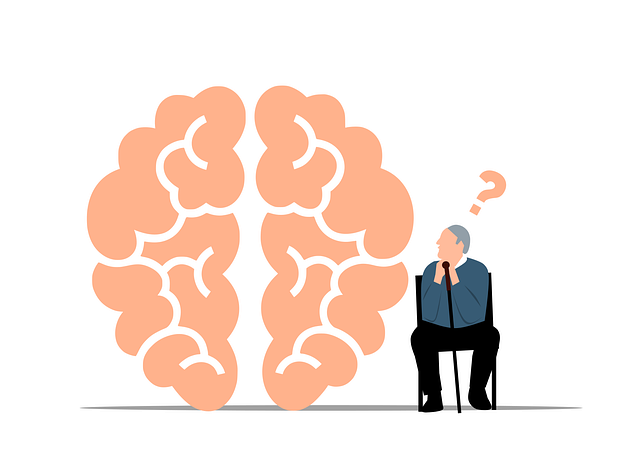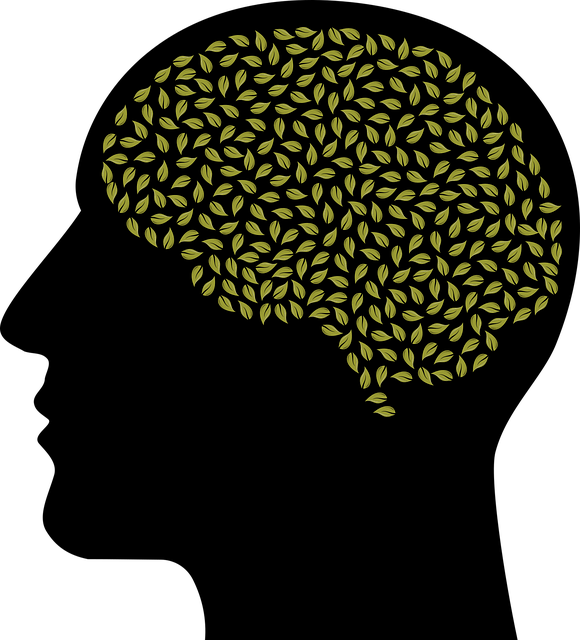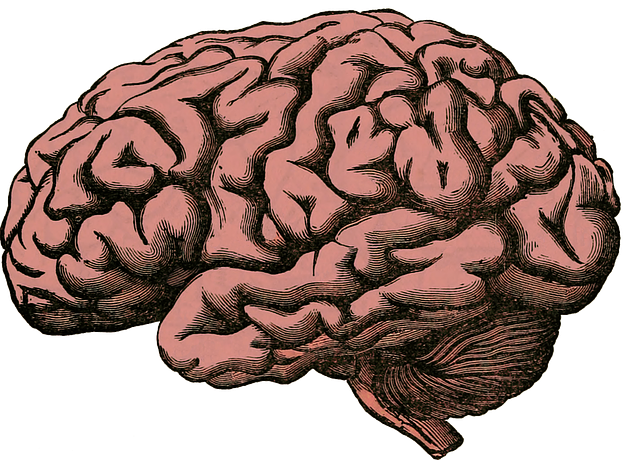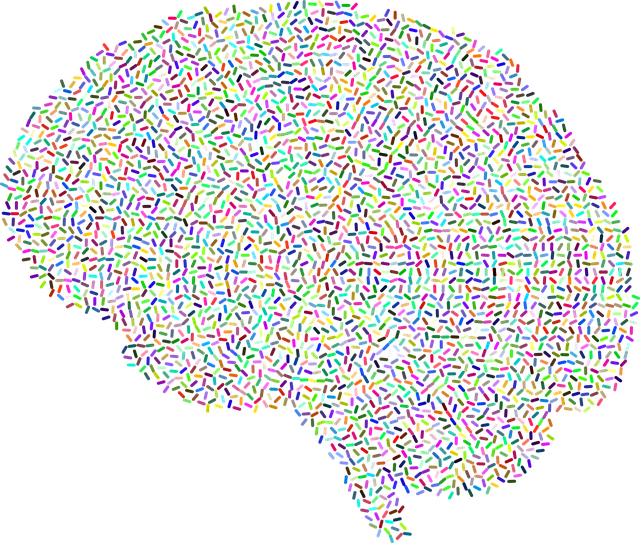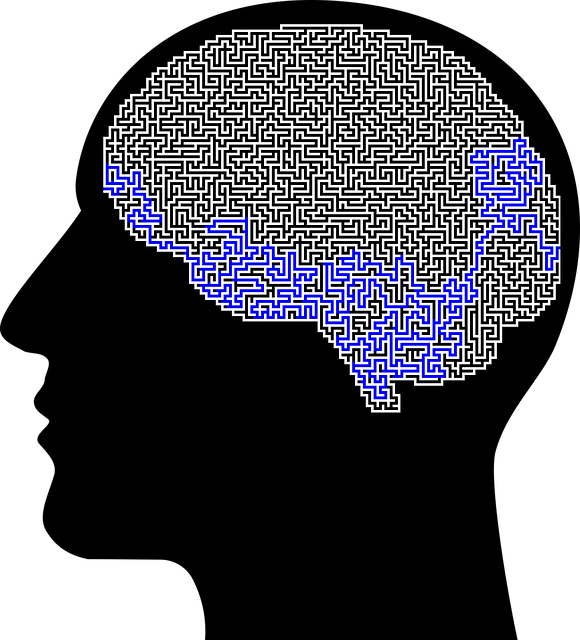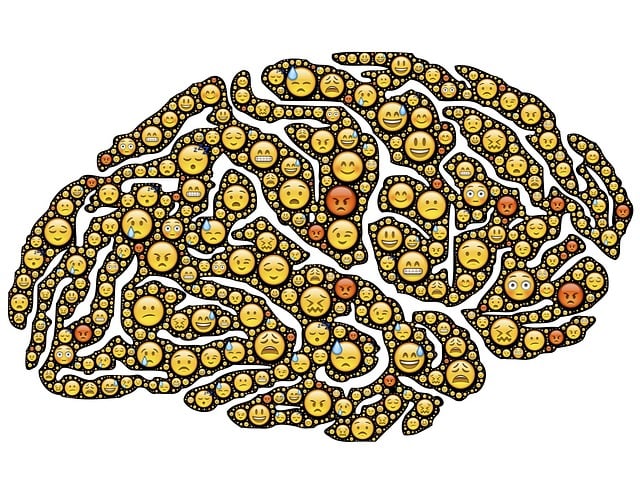Evaluating mental wellness programs is vital for their improvement and impact. Tools like the Eating Disorder Examination (EDE) track changes in symptoms and dietary behaviors for Superior Eating Disorders Therapy. Emotional healing and trauma support assessments gauge improvements in mood, anxiety, and trauma-related symptoms over time. Burnout prevention initiatives are measured through stress management and job satisfaction surveys. Integrating quantitative and qualitative data provides a comprehensive approach to enhance program effectiveness and better serve individuals' mental wellness journeys, including aspects crucial for recovery like resilience building and emotional regulation.
Mental wellness programs are crucial for fostering client outcomes and overall well-being. This article explores comprehensive evaluation methods, from assessing program effectiveness using quantitative and qualitative metrics to understanding client feedback through interviews, surveys, and focus groups. We delve into continuous improvement strategies, emphasizing iterative evaluation, integration of findings, and long-term monitoring, all vital for enhancing mental wellness initiatives, including superior eating disorders therapy.
- Assessing Program Effectiveness: Metrics and Measurement Tools
- – Exploring quantitative and qualitative assessment methods
- – Key performance indicators (KPIs) for mental wellness programs
Assessing Program Effectiveness: Metrics and Measurement Tools

Evaluating the effectiveness of a mental wellness program is paramount to understanding its impact and identifying areas for improvement. Metrics and measurement tools play a pivotal role in this process, offering quantitative and qualitative data that paint a comprehensive picture. For programs focusing on superior eating disorders therapy, metrics may include changes in patient symptoms, such as reduced dietary restrictions or compulsive behaviors, measured through standardized assessment tools like the Eating Disorder Examination (EDE).
Additionally, emotional healing processes and trauma support services can be assessed by gauging participants’ reported improvements in mood, anxiety levels, and trauma-related symptoms over time. Burnout prevention initiatives might be evaluated through self-reported surveys measuring energy levels, stress management skills, and overall job satisfaction among program participants. These diverse measurement tools ensure a holistic evaluation, allowing for data-driven decisions to enhance the program’s effectiveness and better support individuals in their mental wellness journeys.
– Exploring quantitative and qualitative assessment methods

Evaluating mental wellness programs requires a balanced approach that combines quantitative and qualitative assessment methods. Quantitative methods, such as surveys and standardized tests, offer measurable data that can help track progress and identify trends within the program’s participant pool. These tools are invaluable for gauging the effectiveness of specific interventions, like Superior Eating Disorders Therapy, in reducing symptoms and improving overall mental health metrics.
Qualitative methods, on the other hand, provide deeper insights into participants’ experiences and perceptions. Techniques like interviews, focus groups, and case studies allow individuals to share their stories, express challenges, and elaborate on what works best for them—whether it’s Trauma Support Services, Communication Strategies, or Stress Reduction Methods. By integrating both quantitative and qualitative data, mental wellness program evaluators can paint a more comprehensive picture of the program’s impact and make informed adjustments to better serve those they support.
– Key performance indicators (KPIs) for mental wellness programs

Evaluating mental wellness programs requires a comprehensive approach to gauge their effectiveness. Key Performance Indicators (KPIs) play a pivotal role in this process, offering measurable benchmarks for success. For instance, one KPI could be the reduction in symptoms of common mental health disorders such as anxiety and depression among participants over a defined period. This might be measured through standardized assessment tools and clinical interviews. Another crucial metric is client satisfaction, gauged through feedback surveys, which provides insights into program quality and impact on individual well-being.
In the context of Superior Eating Disorders Therapy, KPIs could extend beyond symptom reduction to include measures of resilience building and emotional regulation. A successful program should demonstrate improved coping strategies for managing eating disorders, enhanced self-esteem, and better overall emotional stability. These indicators are essential not only for the individual’s recovery but also for informing Mental Health Policy Analysis and Advocacy, ensuring that evidence-based practices are implemented and supported on a larger scale.
Evaluating mental wellness programs, such as those offering superior eating disorders therapy, requires a comprehensive approach. By combining quantitative metrics, like reduced symptom severity scores, with qualitative feedback from participants, we gain valuable insights into program effectiveness. Key performance indicators (KPIs) specific to mental health interventions, when diligently tracked, enable continuous improvement and ensure the delivery of high-quality care. This dual method of assessment is essential for navigating the complex landscape of mental wellness support, ultimately fostering better outcomes for individuals seeking treatment.


